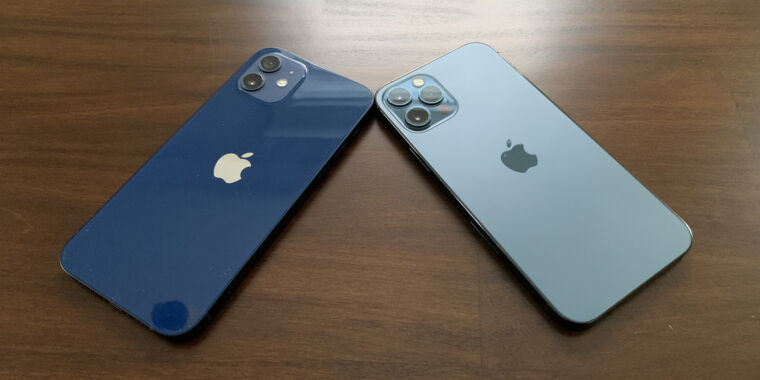
Samuel Axon
Apple has published several job listings, indicating that it is hiring engineers to work with 6G technology internally, so it does not have to rely on partners like Qualcomm as the next generation of wireless technology arrives several years later.
The job listings, which were first located and reported by Bloomberg, include titles like “Wireless Research Systems Engineer – 5G / 6G” and “RAN1 / RAN4 Standards Engineer”.
The listings have statements like “You will be part of a team that defines and researches next generation standards like 6G,” “You will research and design next generation wireless communication systems (6G) for radio access networks with emphasis in PHY Layers / MAC / L2 / L3, “” Participate in industry / academic forums with a passion for 6G technology “and” Contribute to future RAN 3GPP work items on 6G technology. ”
The positions are at the company’s headquarters in Cupertino, as well as in San Diego, where Apple has opened offices specifically to focus on wireless and silicon technologies, with the apparent aim of capturing talent from Qualcomm’s San Diego headquarters.
Apple launched its first 5G iPhones in the iPhone 12 line at the end of last year, and these phones use Qualcomm modems. But recent reports have already revealed that Apple plans to design its own modems so that it can remove Qualcomm components from future phones, just as it is developing its own silicon for Macs now to replace Intel chips in most of the product line.
The complete end-to-end integration of all parts of the hardware, software and services in the devices has been a key marketing point and an internal guiding principle for product development at Apple. The company claims to believe that this approach allows for better products and experiences for users, but it also allows Apple to move forward with less and less dependence on other actors to achieve success.
Apple recently joined the industry group “Next G Alliance” with other companies like LG and Google to work together to define the specifications of 6G, which is a nascent one and is not expected to reach consumers for many years yet. There are no details yet about the 6G schedule, specifications or features. 5G has only been launched in the past two years, and the vast majority of the world still does not have access to 5G or all of its features.
So when Apple joins groups like the Next G Alliance or takes positions like these, it usually won’t tell us much about product plans in the near future. That said, reports on the company’s progress on its own modems suggest that Apple is likely to achieve this capability before the launch of 6G, so the first modems made by Apple are likely to be 5G, not 6G.
In our analysis of the iPhone 12 line last year, we found that 5G had a significant negative impact on phone battery life. Future refinements of the modem may reduce this impact.
